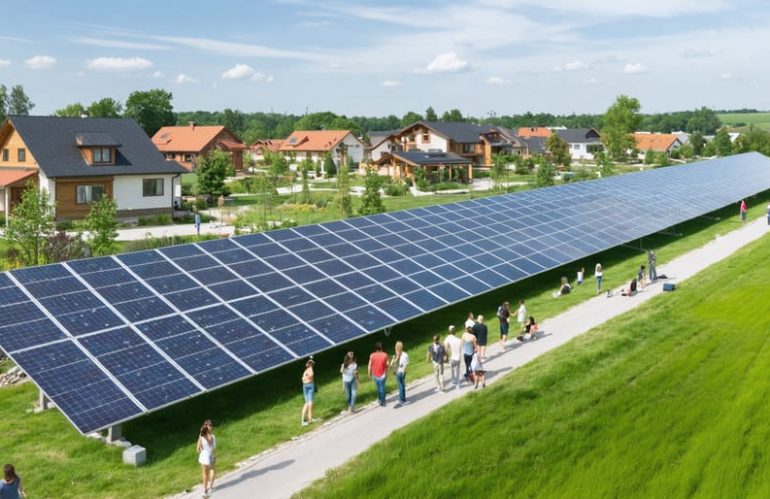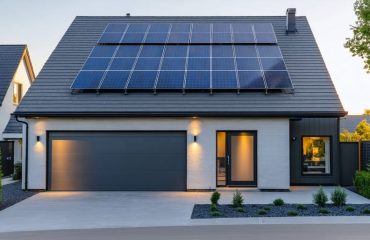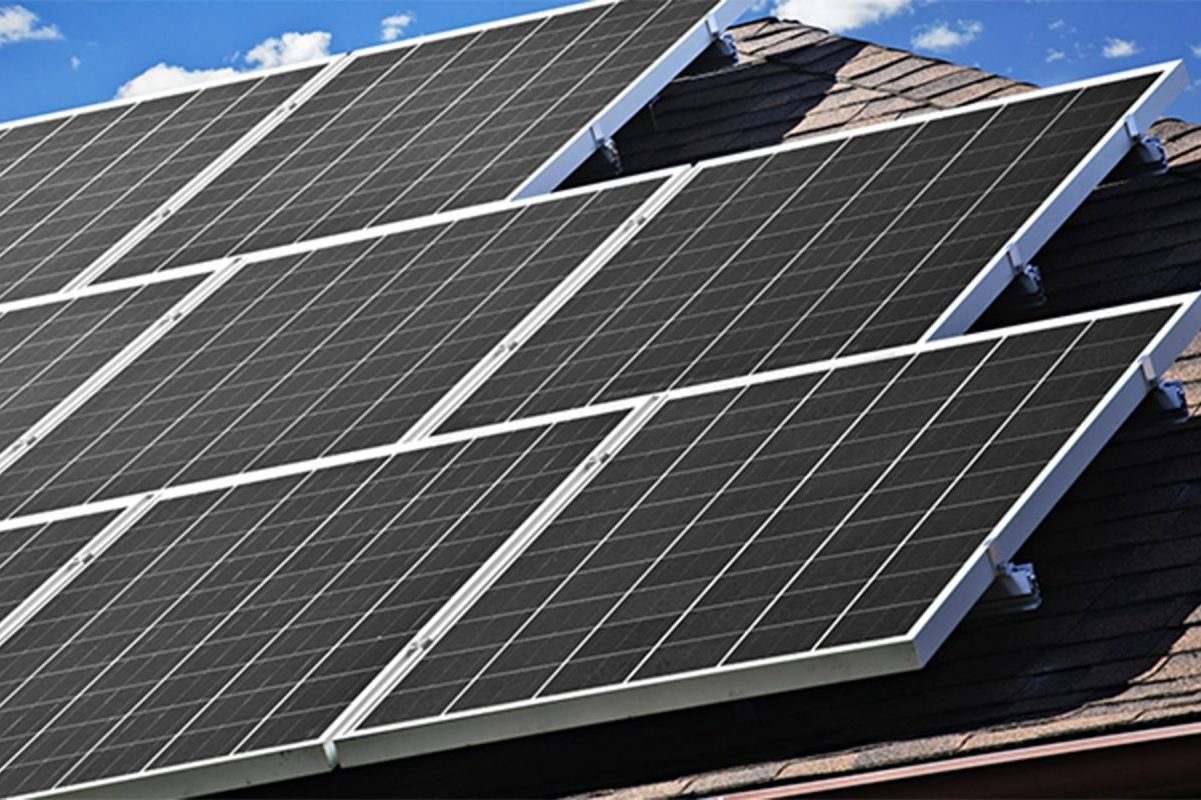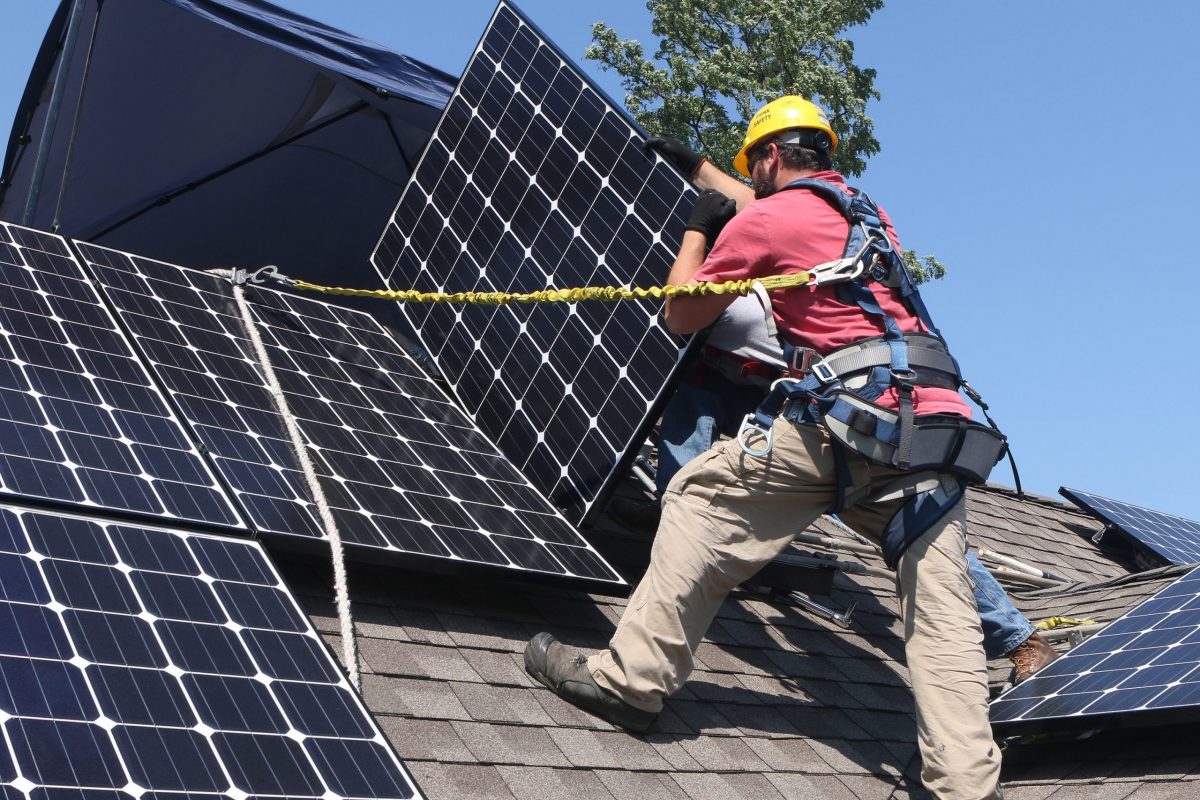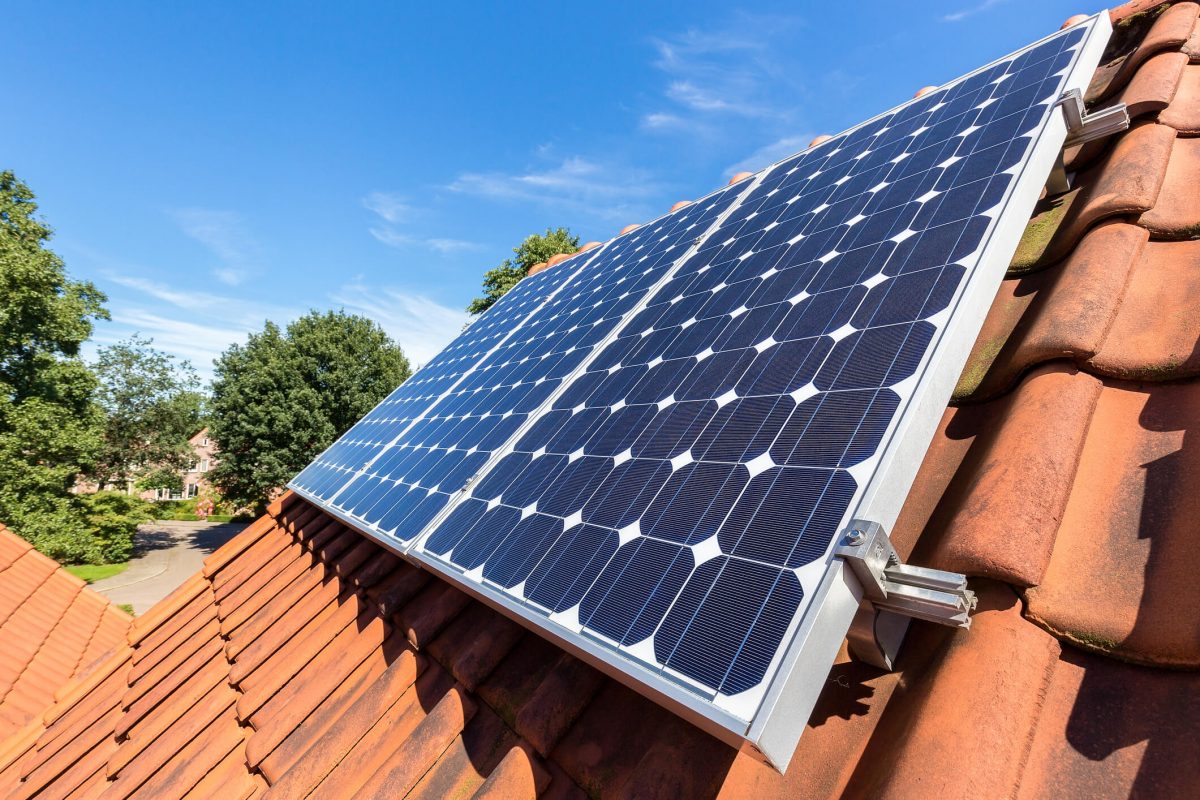Imagine slashing your electricity bills and supporting clean energy without installing a single solar panel on your roof. Community solar programs are revolutionizing how homeowners access renewable energy, offering a promising alternative for the 75% of Americans whose homes aren’t suitable for rooftop solar. As energy costs continue to rise, thousands of households are turning to community solar as a practical solution that combines environmental responsibility with meaningful savings.
By subscribing to a local solar farm, you can typically save 5-15% on your monthly electricity costs while supporting clean energy production in your area. Unlike traditional rooftop installations, community solar requires no upfront investment, zero maintenance, and no structural modifications to your home. Whether you’re renting, living in a multi-unit building, or simply prefer a low-commitment approach to solar energy, community solar programs offer an accessible path to sustainable power.
But is it truly worth it for your specific situation? Let’s explore the real benefits and potential drawbacks to help you make an informed decision.
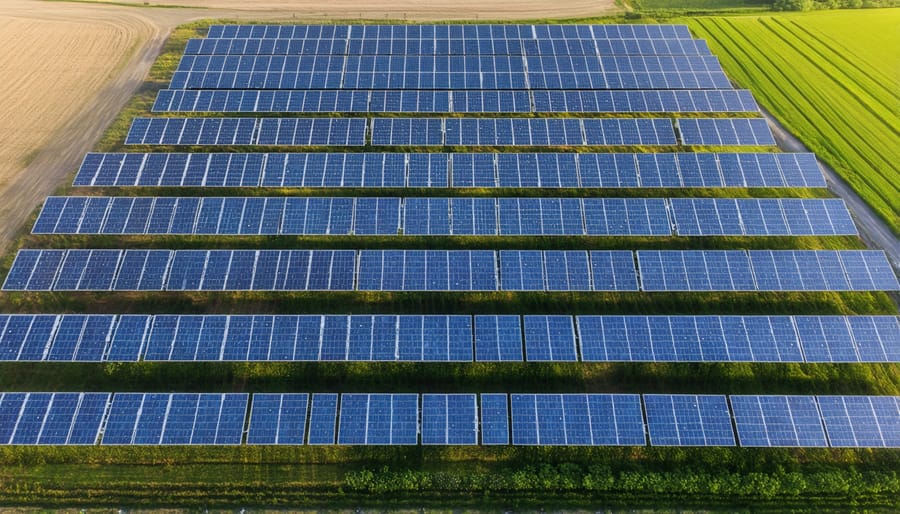
How Community Solar Works for Homeowners
Subscription vs. Ownership Models
Community solar projects typically offer two main participation models: subscription and ownership. With subscription models, participants pay a monthly fee to receive credits on their utility bills, similar to a Netflix subscription for solar energy. This option usually requires no upfront costs and allows for more flexibility if you need to move or cancel.
Ownership models, while requiring a larger initial investment, offer potentially greater long-term savings. When you own shares in a community solar farm, you’re essentially financing solar projects directly and can benefit from tax incentives and renewable energy credits.
Both models eliminate the need for rooftop installation and maintenance, making solar accessible to renters and homeowners alike. Subscription plans typically save participants 5-15% on their electricity bills, while ownership can yield savings of 15-30% over time. The best choice depends on your financial goals, how long you plan to stay in your current location, and whether you prefer predictable monthly payments or maximizing long-term returns.
Credit System Explained
When you join a community solar program, you’ll receive credits on your regular electricity bill for your share of the solar farm’s production. These credits work like rollover minutes on a phone plan – they’re automatically applied to reduce your monthly electric charges. Typically, you’ll see two items on your bill: your regular electricity consumption charges and a separate line showing your solar credits.
The amount of credits you receive depends on how much energy your portion of the solar farm generates each month. For example, if your share produces 1,000 kWh and your utility values each kWh at $0.12, you’ll receive $120 in credits. These credits are usually applied at a slight discount compared to standard utility rates, helping you save money while supporting clean energy.
Most utilities allow unused credits to roll over to future months, ensuring you benefit from your solar share year-round, even when seasonal production varies. This straightforward billing system makes it easy to track your savings and verify the program’s value each month.
The Real Financial Benefits
Average Monthly Savings
Community solar subscribers typically see monthly savings ranging from 5% to 15% on their electricity bills, though exact amounts vary by location and program structure. Most participants save between $20 and $40 per month, which can add up to significant annual savings of $240-$480. These savings come through bill credits that appear directly on your utility statement, making it easy to monitor your energy savings over time.
The billing process is straightforward: you receive credits for your share of the solar farm’s production, which are automatically applied to reduce your monthly utility charges. Many programs guarantee these savings through fixed discount rates, ensuring you’ll always pay less than standard utility rates. For example, if your normal monthly bill is $150, you might receive $165 worth of solar credits while paying only $140 for them, netting $25 in savings.
What makes community solar particularly attractive is that these savings start immediately with no upfront investment, unlike rooftop solar which requires significant initial costs.
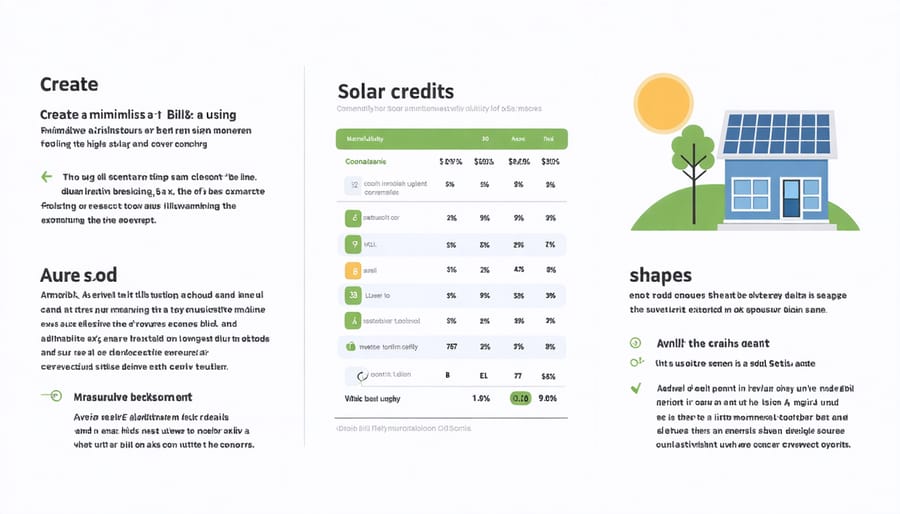
Long-term Financial Impact
Community solar subscribers typically see savings of 5-15% on their annual electricity costs, which can add up significantly over time. For a household with an average monthly electric bill of $150, this could mean savings between $90 and $270 per year. Over a 20-year contract period, total savings could reach $5,400 or more, depending on energy rates and program terms.
Most community solar contracts run for 20-25 years, though some providers offer shorter terms of 10-15 years. These agreements often include guaranteed savings clauses, ensuring subscribers pay less than standard utility rates. Many programs also offer flexible exit options with 60-90 days’ notice, making them less binding than traditional solar panel installations.
When evaluating long-term benefits, consider that electricity prices historically increase by about 2.2% annually. Community solar contracts typically lock in lower rates or guarantee a fixed discount percentage, protecting subscribers from future rate hikes. Additionally, some programs offer escalating savings over time, meaning your benefits increase the longer you participate.
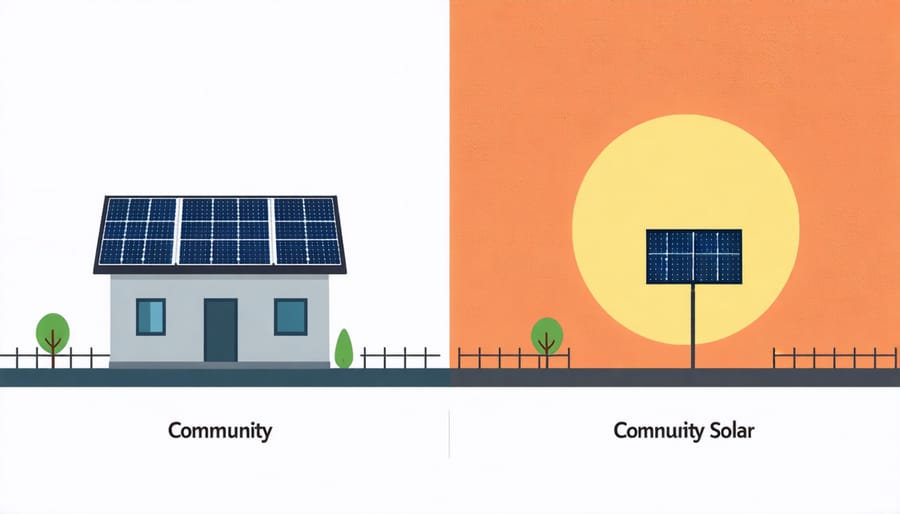
Advantages Over Rooftop Solar
Community solar offers several distinct advantages over installing rooftop solar panels, making it an attractive option for many homeowners. First, there’s no need to modify your property or worry about roof compatibility. Many homes have roofs that are too shaded, incorrectly oriented, or structurally unsuitable for solar panels – community solar eliminates these concerns entirely.
The financial benefits are particularly compelling. Community solar requires no upfront installation costs or maintenance responsibilities, which typically run into thousands of dollars for rooftop systems. You won’t need to worry about repairs, cleaning, or replacing equipment over time – the solar farm operator handles all maintenance and operational costs.
Renters and apartment dwellers can participate in community solar programs, unlike traditional rooftop installations which are limited to property owners. This accessibility extends to homeowners in historical districts or those with homeowners’ association restrictions that might prevent rooftop installations.
Moving homes? Community solar subscriptions are typically transferable or easy to cancel, unlike rooftop systems that are fixed to your property. This flexibility makes it an ideal choice for those who might relocate in the future.
Community solar projects also benefit from economies of scale, often achieving better energy production rates than individual rooftop systems. The panels are professionally maintained and positioned at optimal angles in open areas, maximizing solar generation efficiency. Additionally, these larger installations often qualify for better incentives and tax benefits, which are passed on to subscribers through lower rates.
For those concerned about property aesthetics or roof warranties, community solar provides clean energy benefits without changing your home’s appearance or potentially compromising roof integrity.
Potential Drawbacks to Consider
While community solar offers numerous benefits, it’s important to consider potential drawbacks before making a commitment. The savings might be lower compared to installing your own rooftop solar panels, typically ranging from 5-15% off your regular electricity bills rather than completely eliminating them. Additionally, contracts often require long-term commitments, usually between 20-25 years, which may not suit everyone’s lifestyle or future plans.
Some subscribers report experiencing delays in credit applications to their utility bills, which can cause temporary billing confusion. The process of signing up and managing your subscription might involve more paperwork and coordination between different parties compared to traditional electricity service.
Location can also be a limiting factor, as not all states have community solar programs available, and even within participating states, projects might be full or not available in your specific area. You may need to wait for new projects to become available or join a waitlist.
Furthermore, while you’re supporting clean energy production, you won’t have the same level of energy independence as having your own solar panels. You can’t store excess energy or maintain power during grid outages, and you don’t benefit from increased property values like you would with rooftop installations.
It’s also worth noting that some programs have credit score requirements or upfront membership fees, which could present barriers for some households.
Community solar presents a compelling opportunity for homeowners looking to embrace renewable energy without the complexities of rooftop installation. By weighing the key benefits – including lower electricity bills, zero upfront costs, and environmental impact – against minimal commitments, many households find community solar to be a worthwhile investment. The flexibility to participate without property modifications or long-term contracts makes it particularly attractive for renters and homeowners alike.
If you’re interested in joining a community solar program, start by researching available projects in your area through your utility provider or local solar developers. Compare different offerings, paying special attention to discount rates, contract terms, and cancellation policies. Consider reaching out to current subscribers for firsthand experiences and verify the developer’s track record in managing successful projects.
Remember that while community solar may not offer the same savings magnitude as rooftop panels, it provides a practical, low-risk path to clean energy adoption. For many households, this accessibility and simplicity make community solar an excellent choice for reducing both carbon footprint and monthly expenses.

